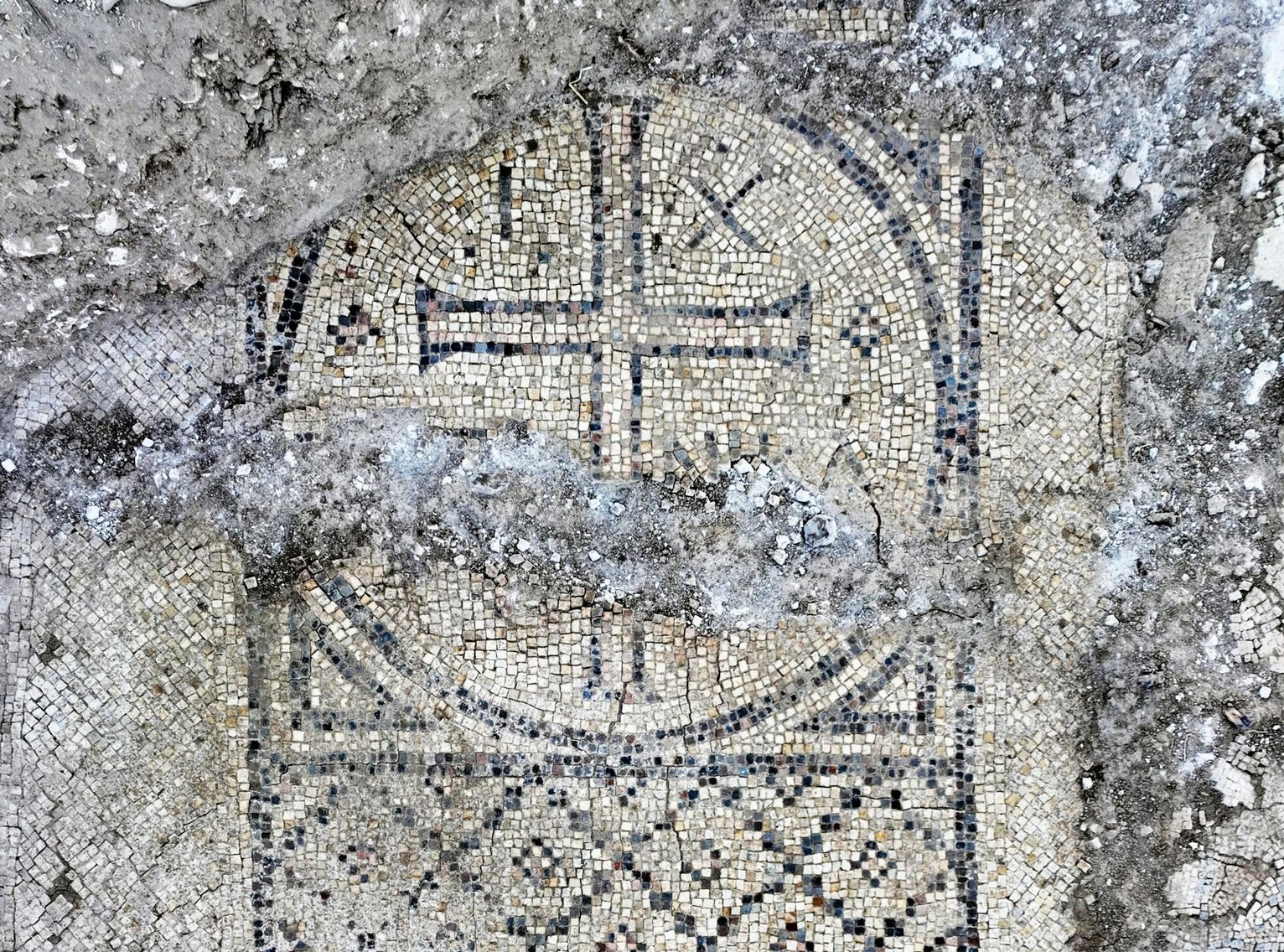Archaeologists from the Israel Antiquities Authority (IAA) have uncovered a 1,500-year-old monastery north of Kiryat Gat in the Southern District of Israel.
Excavations are part of the Israel Land Authority’s development plans for the Karmei Gat North neighbourhood, where archaeologists found a large monastic complex that dates from the 5th to 6th century AD during the Byzantine period.
Within the monastery interior is a large mosaic with a Greek inscription that reads: “Blessed are you when you come in, and blessed are you when you go out” (Deuteronomy V).
This is one of the blessings that God promised the Israelites if they obeyed Him. It signifies that every aspect of their lives would be blessed, and wherever they went, His blessings would follow.

The mosaic also contains intricate designs crafted from small tesserae that depicts crosses, lions, doves, amphorae, and flowers.
The Israel Antiquities Authority (IAA) stated in a press release that the monastery was strategically located along a major highway connecting the mountains and the coastal plain, serving both travellers and local communities.
“This is the largest and most significant site discovered in the region from the Roman and Byzantine eras. The findings indicate a sequence of settlements, from the Early Roman period (1st century AD) to the end of the Byzantine period,” said the IAA.
Excavations also revealed the foundations of at least ten monastic structures, including a gateway, a large warehouse building, a local ceramics industry, and a complex winepress.
Header Image Credit : IAA
Sources : Israel Antiquities Authority







